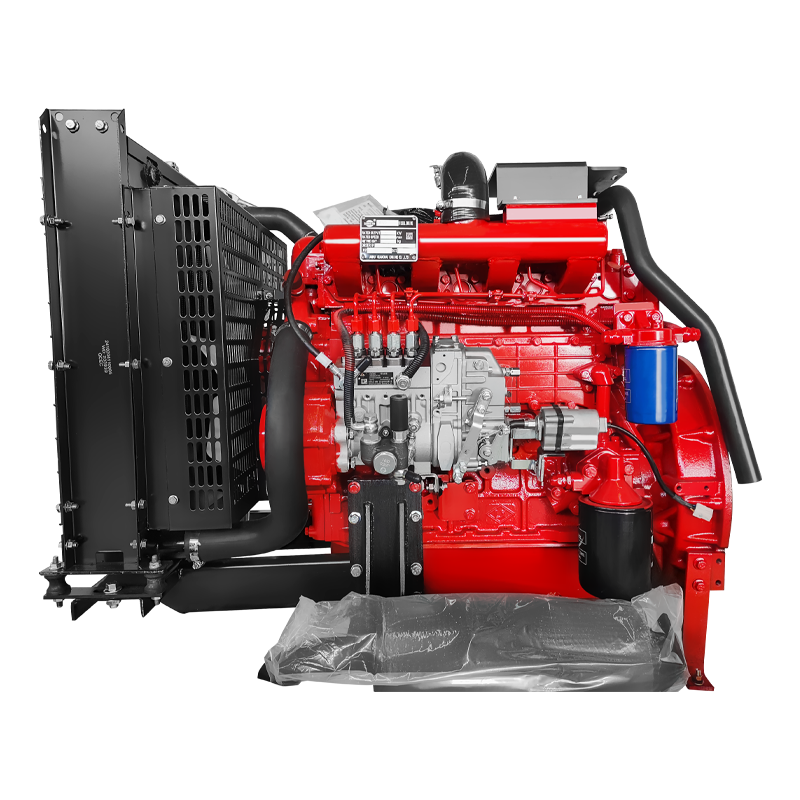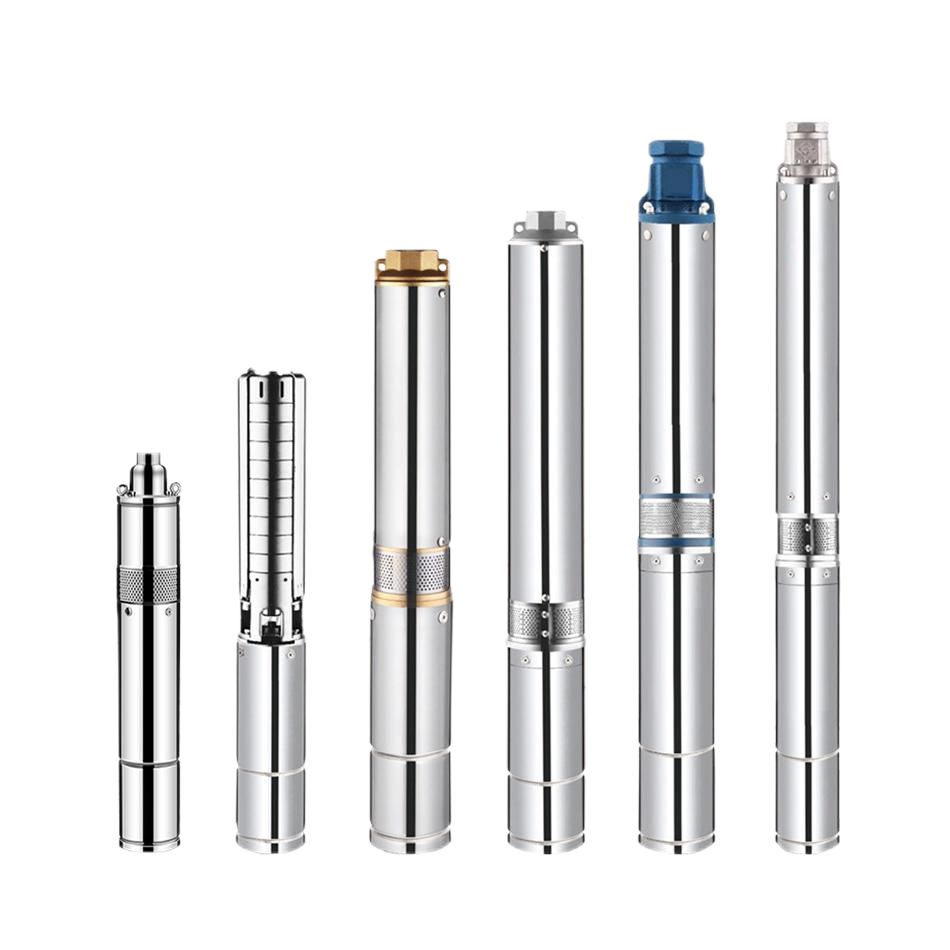A multistage pump is a high pressure liquid transporter with the capacity to operate in different flow scenarios. These pumps are ideal for irrigation and water pressure-boosting systems. They are also used for borehole pump systems and boiler feed applications. Compared to single stage pumps, a multistage pump is more efficient at handling clean fluids at high pressures. It has a more complex structure, but the number of stages it uses means that its performance and efficiency is significantly increased.
Multistage pumps can be horizontal or vertical. Both use the same shaft as the main shaft, but the horizontal version has more runners, and therefore handles more flow rates. The vertical version uses two or more impellers on the same shaft. This can make it more vulnerable to deadhead conditions. However, this type of pump has the advantage of being installed in a space-saving location.
A multistage pump can help to save energy and keep a process going. If you are interested in purchasing a pump, it is best to discuss it with a qualified engineer. Your engineer will be able to recommend a pump that suits your needs. Some advantages of a multistage pump include a wide variety of flow scenarios, more moving components, and the capability to produce higher discharge pressures. It can also be controlled with a variable speed drive. There are several types of multistage pumps, but one of the most popular is the vertical inline multistage pump.
Vertical multistage pumps are typically used when the location does not allow for a horizontal version. However, these pumps have a high initial cost and can be difficult to install. In addition, they may require a high skill set to maintain. The multistage design also allows a reduction in the diameter of the impeller, allowing a larger impeller to be used in a low NPSH operation. However, this would result in a smaller specific speed. As a result, these pumps are not recommended for all applications.
Other differences between single and multistage pumps are the size of the impellers, the rotor, and the diffuser. While a multistage pump has several smaller impellers, a single stage has just one large impeller. Also, while a multistage pump has a diffuser and a radial inlet nozzle, a single stage has a single diffuser and a radial inlet. In order to maximize the efficiency of the pump, it is important to have a good understanding of the fluid that is being transported. It is also essential to choose the right casing to suit the fluid. Additionally, the chemical makeup of the fluid should be compatible with the elastomer materials in the casing.
If you need a pump to handle more than one fluid, you should consider a multistage centrifugal pump. Although they are more expensive than single stage pumps, they are often more powerful and efficient. Multistage centrifugal pumps are known for their efficiency and ability to pump at higher pressures. By increasing the number of impellers, a multistage pump can also achieve higher performance with less motor power.

 English
English عربى
عربى
 Fire Pump and System
Fire Pump and System Split Case Pump
Split Case Pump Engine and Pump
Engine and Pump Long Shaft Pump
Long Shaft Pump Multistage pump
Multistage pump Water Supplier System
Water Supplier System Sewage Pump
Sewage Pump Industrial Pump
Industrial Pump Self-Priming Pump
Self-Priming Pump Inline Pump
Inline Pump Domestic Pump
Domestic Pump Electric Motor
Electric Motor Borehole Pump
Borehole Pump







